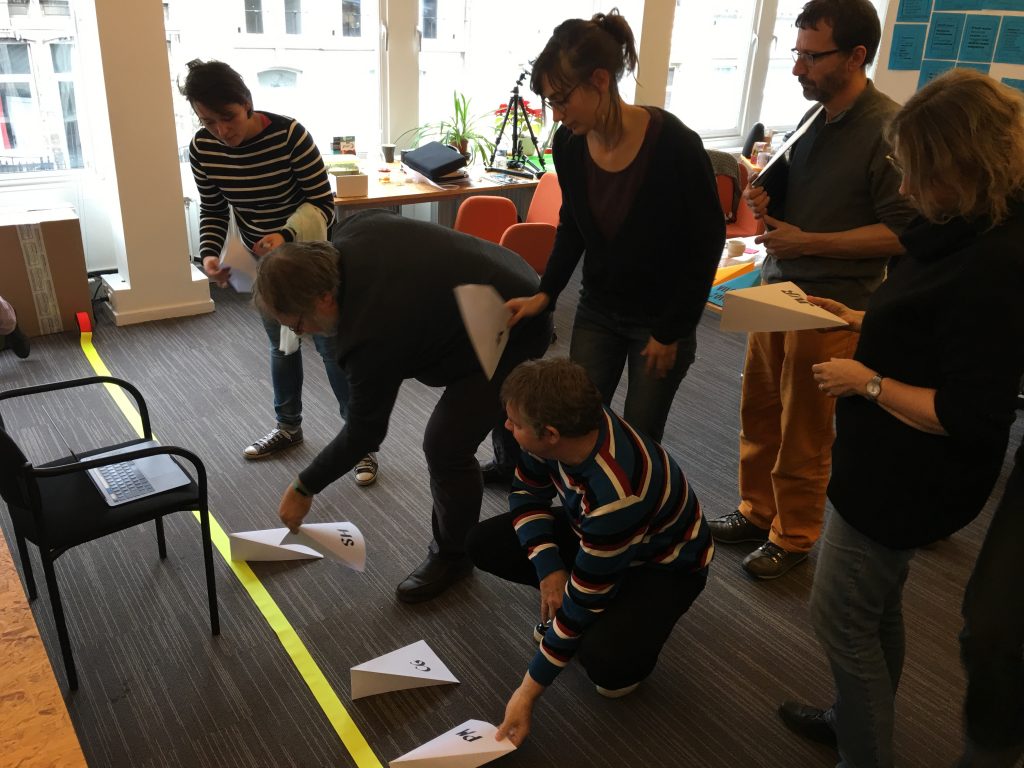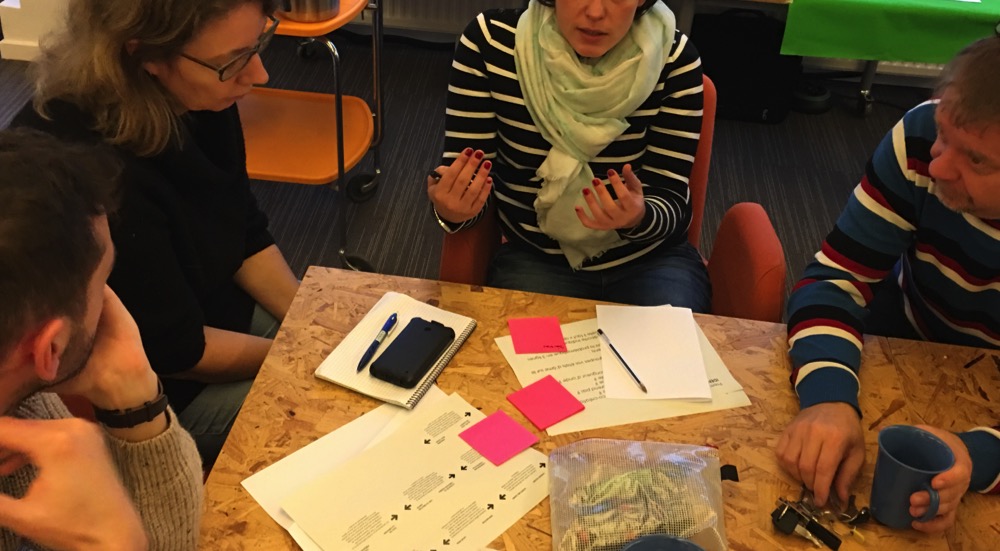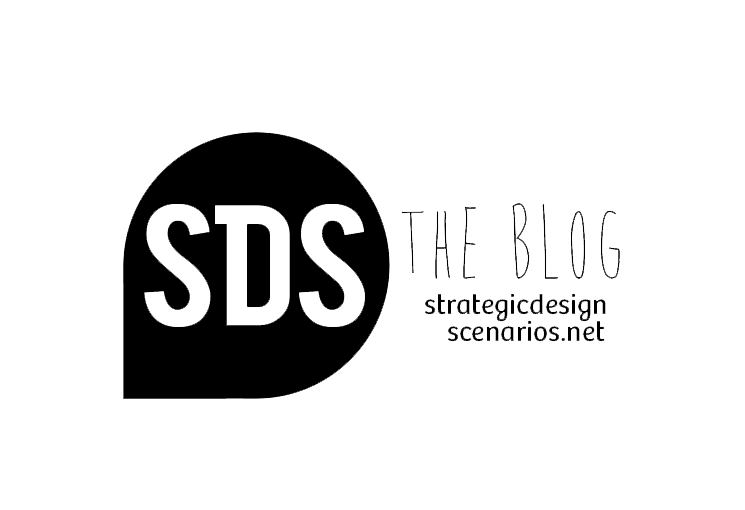
SET THE CURSORS OF CO-CREATION
(version française à la suite)
How to reconcile an approach framed in advance and a posture open to co-creation? How to navigate between systematic and time-consuming co-creation and marginal co-development on residual or peripheral elements? How to distribute co-creation equitably between stakeholders without falling into a scrupulous formalism? How to go beyond conversation as a zero-sum game to install a constructive co-creation that invents solutions that were not there before? How to listen to voices that are not heard enough and the idea that distributed creation always brings a better solution? How to avoid co-creation as an ideology? Etc.
So many questions and much more than certainly the actors of co-creation in general and in particular the stakeholders of the VILCO project: citizens’ initiatives, local authorities, researchers, actors who carry this project and aim to reinvent collaboration between local dynamics for a better resilience of cities.
QUESTIONNING THE « CO-EVERYTHING »
VILCO is born within the CO-CREATE program of INNOVIRIS, the Brussels Institute for Scientific Research. It is part of the great movement of the « co-everything » and the desire today to question the effective efficiency of these approaches from the enthusiasm for the co-design within public innovation labs to SwafS programs Science with and for Society of the European Commission. As SDS already noted in 2015 by scanning the lessons learned in terms of social innovation from the more than 500 cities that have participated in the URBACT I and II programs [1], a change in the governance of cities is underway for better collaboration between citizens. (Re)inventing this co-creation as a mode of collaboration within local dynamics in cities is at the heart of the VILCO project.

THE THOUSAND FIRES AND THE TORMENTS OF CO-CREATION
VILCO is one of the many projects supported by the INNOVIRIS programs in the Brussels-Capital Region: it is at the same time a concentration of expertise on co-creation and an object of experimentation of this co-creation. Confronted like all the other CO-CREATE projects with the thousand fires of co-creation – but also with its torments – the carriers of the VILCO project as the first living lab of VILCO organized a working session at SDS the 30th of November to experiment, in small committee first, an exercise that could be titled: « Set the sliders of co-creation. ». The aim was to discuss together how to co-create and what to do in a working group.

IDENTIFY DIMENSIONS ON WHICH SET CURSORS
The exercise was in two parts.
At first, we sought in sub-groups to identify « in-sights »: what stuck in co-creation? What is difficult? What are we magnifying? What’s wrong? Etc.
For each problem identified on the co-creation we have described an underlying polarity on which it was necessary to « set the cursor ». Among the many problems discussed, here are a few: in a process of co-creation should everything be 100% transparent even if the consequence is to make the project more heavy? Should all decisions be co-decided or delegated to one or more people who have the mandate to decide? Should a co-creation process be framed by a set of precise rules or should it be left open, improvised and untagged (off-piste)? How to define who should participate in the co-creation process: what makes each stakeholder legitimate to take part in the co-creation process and where does this legitimacy come from? Or, how to position yourself between « it is the process that is important, the result we do not care » versus « it is the result that is important no matter how we get there »? Etc.
In a second step, we tried to adjust the sliders: each subgroup successively installed the polarities that it had identified on a major axis materialized on the ground. Everyone has positioned their own personal cursor and the groupings formed exchanged their contrasting arguments. In the end, we looked at each dimension of the identified co-creation to move the working group’s slider from « how it is now » to « how would we like it » in the future.
MULTIPLE DIMENSIONS BUT NOT IMPENETRABLE
After 3 hours of debate and « slider adjustment » on the multiple dimensions raised by the co-creation processes, the discussions within VILCO project core partners showed divergences in positioning, in perceptions, in personal habits and in professional practices. A first synthesis is underway to extract the most significant dimensions – at least those that emerged until yesterday – but a lot of work remains to be done with all the actors of the local dynamics at the heart of VILCO and the wealth that their experiences represent. Our intention was to try out this approach in small groups to test its interest and to fine-tune its modalities. The exercise looks promising: the dimensions of co-creation are multiple but its paths are not impenetrable!
François Jégou, SDS, November

POSITIONNER LES CURSEURS DE LA CO-CREATION
(English version before)
Comment concilier une démarche cadrée à l’avance et une ouverture à la co-création ? Comment naviguer entre co-création systématique et chronophage et co-élaboration à la marge sur des éléments résiduels ou périphériques ? Comment distribuer la co-création équitablement entre les parties prenantes sans tomber dans un formalisme scrupuleux et protocolaire ? Comment dépasser la conversation comprise comme un jeu à somme nulle pour installer une co-création constructive qui invente des solutions qui n’étaient pas là auparavant ? Comment écouter les voix qui ne sont pas assez entendues et l’idée que la création distribuée apporte toujours une meilleure solution ? Comment éviter la co-création comme une idéologie ? Etc.
Autant de questions et bien plus encore que certainement se posent les acteurs de la co-création en général et en particulier les parties prenantes du projet VILCO : initiatives citoyennes, autorités locales, chercheurs, acteurs qui portent ce projet et ambitionnent de réinventer la collaboration au sein des dynamiques locales pour une meilleure résilience des villes.
INTERROGER LE « CO-EVERYTHING »
VILCO est né au sein du programme CO-CREATE d’INNOVIRIS, l’Institut bruxellois pour la recherche scientifique. Il s’inscrit dans la grande mouvance du “co-everything” et la volonté aujourd’hui d’interroger l’effective efficience de ces approches depuis l’engouement pour le co-design des labos d’innovation publique jusqu’aux programmes SwafS Science For And with Society de la Commission Européenne. Comme SDS le notait déjà en 2015 en scannant les enseignements en termes d’innovation sociale des plus de 500 villes ayant participé aux programmes URBACT I et II [1], une évolution de la gouvernance des villes est en cours pour une meilleure collaboration avec les citoyennes et les citoyens. (Ré)inventer cette co-création comme mode de collaboration au sein des dynamiques locales dans les villes est au cœur du projet VILCO.

LES MILLES FEUX ET LES AFFRES DE LA CO-CREATION
VILCO est un des multiples chantiers ouverts par les programmes INNOVIRIS en Région Bruxelles-Capitale : il est à la fois une concentration d’expertises sur la co-création et un objet d’expérimentation de cette co-création. Confrontés comme tous les autres projets CO-CREATE aux mille feux de la co-création – mais aussi aux affres de celle-ci – les porteurs du projet VILCO en tant que premier living lab de VILCO se sont mis-au-vert chez SDS le 30 novembre dernier pour expérimenter, en petit comité d’abord, un exercice qui pourrait s’intituler : « Régler les curseurs de la co-création ». L’objectif était de s’interroger ensemble sur le comment de co-création et sur les modalités à adopter dans un groupe de travail.
IDENTIFIER LES DIMENSIONS SUR LESQUELLES REGLER LES CURSEURS
L’exercice procédait en 2 parties.
Dans un premier temps, nous avons cherché à identifier en sous-groupes des “in-sights” : qu’est-ce qui coince en matière de co-création ? Qu’est-ce qui est difficile ? Qu’est-ce qu’on loupe ? Qu’est-ce qui déraille ? Etc.
Pour chaque problématique identifiée sur la co-création nous avons décrit une polarité sous-jacente sur laquelle il fallait « régler le curseur ». Parmi les nombreuses problématiques identifiées, en voici quelques unes : Dans un processus de co-création tout doit il être transparent à 100% quitte à alourdir le projet pour permettre cette transparence ? Les décisions doivent elles être toutes co-décidées ou bien déléguées à une ou plusieurs personnes qui ont le mandat pour décider ? Un processus de co-création doit-il être cadré par un ensemble de règles définies ou bien ouvert, improvisé et non balisé (hors-pistes) ? Comment définir qui doit participer au processus de co-création : qu’est ce qui rend chaque partie prenante légitime à participer au processus de co-création et d’où vient cette légitimité ? Ou encore, comment se positionner entre « c’est le processus qui est important, le résultat on s’en fout » versus « c’est le résultat qui est important peu importe comment on y arrive » ? Etc.
Dans un deuxième temps, nous avons cherché à régler les curseurs : chaque sous-groupe a installé successivement les polarités qu’il avait identifiées sur un grand axe matérialisé au sol. Chacun a positionné son propre curseur personnel et, à la manière d’un débat mouvant, les regroupements formés ont échangé leurs arguments contrastés. In fine, nous avons cherché sur chaque dimension de la co-création identifiée à déplacer le curseur du groupe de travail de “comment c’est maintenant” à “comment on voudrait que ce soit” à l’avenir.

DES DIMENSIONS MULTIPLES MAIS PAS IMPÉNÉTRABLES
Après 3 heures de débat et de “réglage de curseurs” sur les multiples dimensions soulevées par les processus de co-création, les discussions au sein du groupe d’acteurs qui portent le projet VILCO ont montré des divergences de positionnement, de perceptions, d’habitudes personnelles et de pratiques professionnelles. Une première synthèse est en cours pour extraire les dimensions les plus significatives – du moins celles qui ont émergées jusqu’à hier – mais beaucoup de travail reste à faire avec tous les acteurs des dynamiques locales au cœur de VILCO et la richesse que représente leurs expériences multiples.
Notre intention était de s’essayer en petit comité pour éprouver l’intérêt de cette approche et en affiner les modalités. L’exercice semble prometteur : les dimensions de la co-création sont multiples mais ses chemins ne sont pas impénétrables !
François Jégou, SDS, novembre 2017
[1] Jégou, F., Bonneau, M. 2015. Social innovation in cities, URBACT II capitalisation, URBACT Publishing, Paris.

